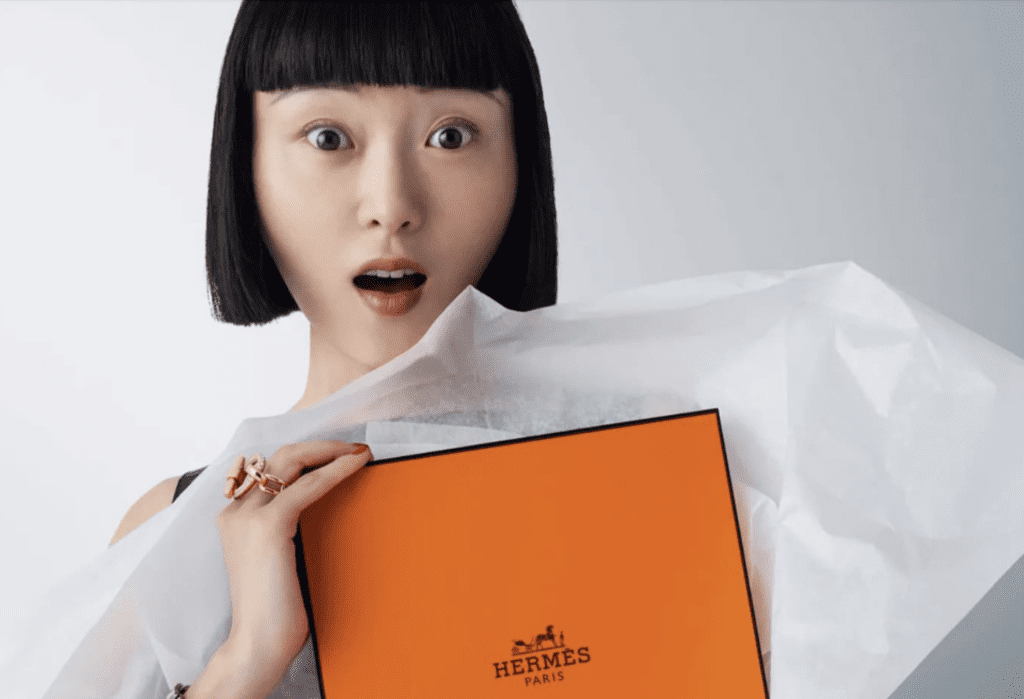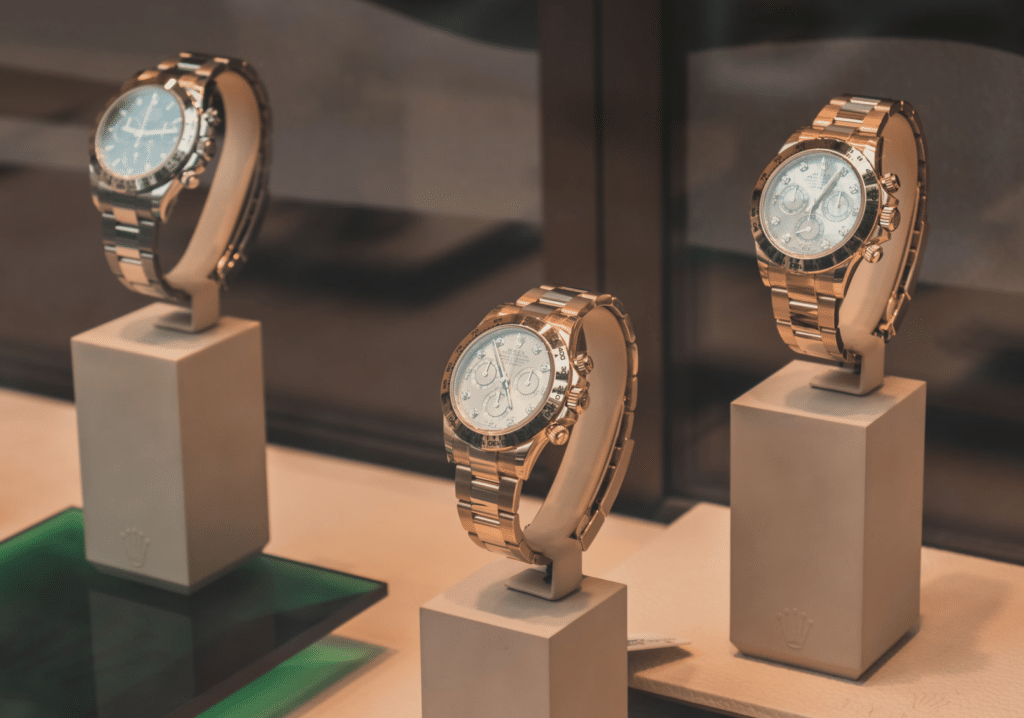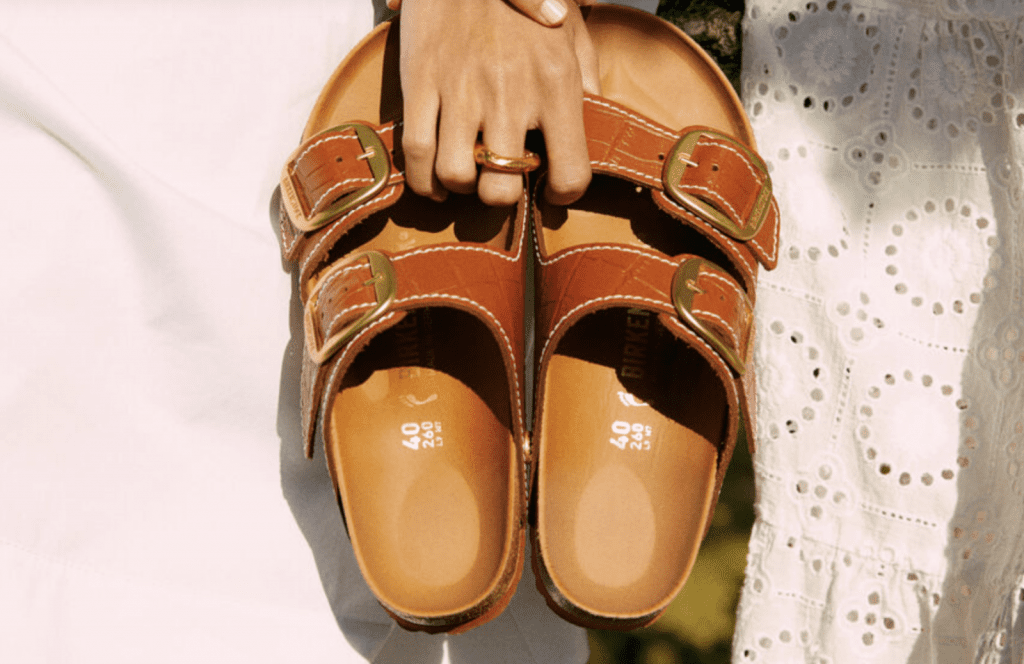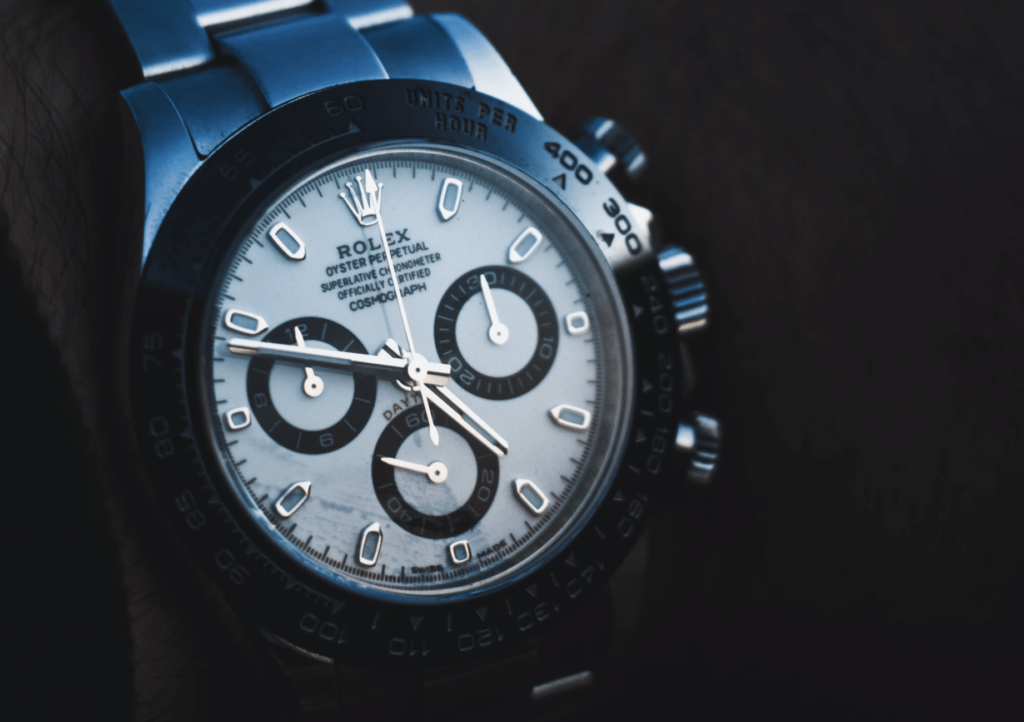Hermès has prevailed in a bid to invalidate a third party’s registration for the design of a handbag that closely mirrors its Birkin bag. In a decision in February, the Japan IP High Court found that the design at the heart of a registration issued to handbag manufacturer Toms and Collective Co., Ltd. (“Toms”) is likely to cause confusion among consumers thanks to its similarity to Hermès’ famed Birkin bag and its own registrations that cover the appearance of the hard-to-get handbag. Siding with Hermès, the court dismissed Toms’ appeal of a decision from the Japan Patent Office (“JPO”)’s Trial Board and upheld the Board’s invalidation of the company’s registration for the Birkin-looking design.
Some Background: Hermès initiated the clash at hand when it sought to invalidate the design registration issued to Toms by the JPO back in 2018. (Under the Design Act, distinctive and novel product designs – including elements, such as shape, pattern, color, etc. – may be registered by the JPO, thereby, providing protections in addition to what trademark law offers.) According to Hermès, Toms’ handbag design (pictured below) should be barred from registration, as it is likely to cause confusion with its Birkin bag, which is registered as a trademark in Japan, as well as elements of the bag, including two “H” logos.
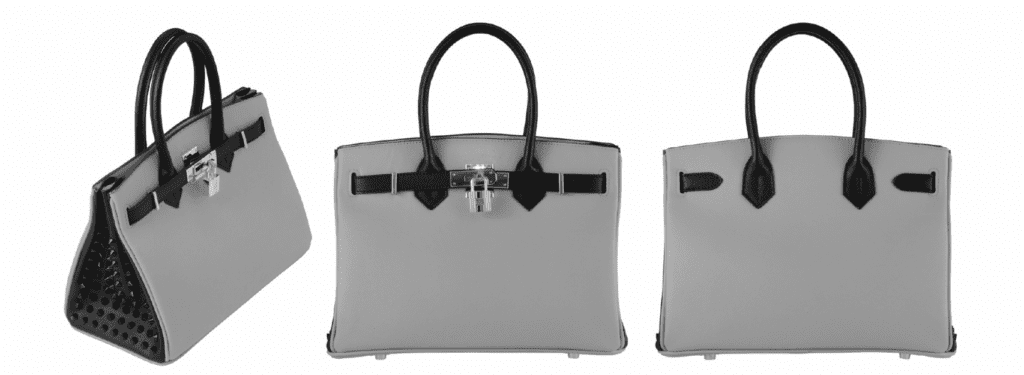
In a decision in September 2023, the JPO’s Trial Board invalidated Toms’ registration. Interestingly enough, while the Board ultimately sided with Hermès, it was not convinced that Toms’ design and the 3D shape of Hermès’ Birkin were so similar as to lead to a likelihood of confusion. As reported by Osaka-based trademark attorney Masaki Mikami, the Board found that there is a “remarkable gap” between Toms’ registered design and Hermès’ Birkin bag marks, which makes it unlikely that consumers will be confused as to the source of the Toms bag.
At the same time, the Board questioned the level of fame achieved by one of Hermès’ registered marks, a stylized letter “H” that consists of “two sets of three vertical bands and one set of three horizontal bands.” In its decision, the Board determined that this “H” mark is not famous enough to act as an indicator of source of the Hermès brand, and thus, its inclusion as part of Toms’ registered design would not, on its own, cause confusion.
Where Hermès was successful in the eyes of the Board was with another “H” mark, which depicts the stylized letter “H” as applied to a padlock (pictured below, right). The Board did not question the level of fame of this mark on the basis that Toms admitted that it has become famous for identifying the Hermès brand. With that in mind, the Board held that the appearance of a lookalike mark on the Toms’ bag is likely to cause confusion among consumers, and thus, determined that the company’s design registration should be invalidated.
> The element of confusion is significant in a design law context, as Japan’s Design Act prohibits (in Article 5(ii)) the registration of a design that is likely to cause confusion with “an article pertaining to another person’s business.”
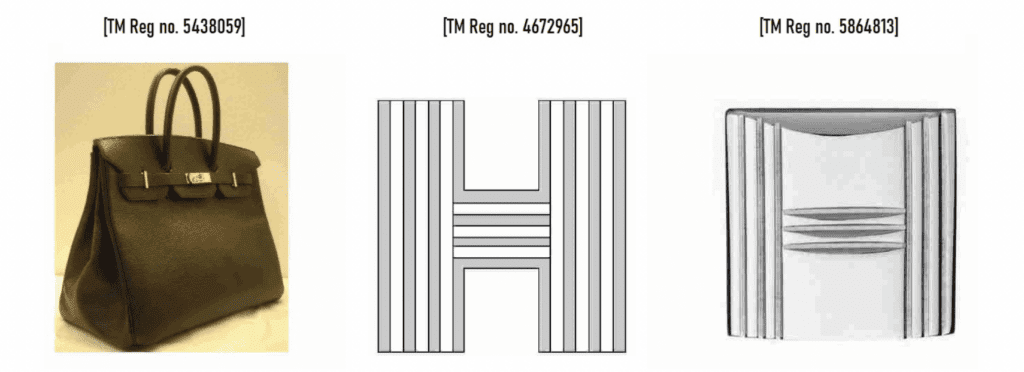
The Design as a Whole
Toms lodged an appeal with Japan’s IP High Court in October 2023 with the aim of overturning the Board’s invalidation of its registration. In its appeal, Toms argued that the Board erred in considering the padlock (and thus, its use of Hermès’ corresponding “H” mark) to be “a prominent element of the design.” Instead, the company argued that the padlock is “merely an accessory to the disputed design,” which consists of the shape of the bag, and thus, should not be factored into the confusion analysis.
Taking on the appeal, the IP High Court judge rejected Toms’ arguments about the need to separate out the padlock from the rest of its registered handbag design, stating that “any partial shape of the entire design is subject to an Article 5(11) assessment.” The judge also shot down Toms’ attempt to bolster this claim by arguing that it often markets the bag at issue without the padlock. As such, the court held that there is, in fact, a likelihood of confusion at play, and upheld the Board’s invalidation.
THE BIGGER PICTURE: The case comes amid a larger effort by Hermès to police infringements of and/or other efforts to piggyback on the appeal of its most famous handbag. In the U.S., for instance, the company has been embroiled in a trademark-centric fight against MetaBirkins-maker Mason Rothschild, who it successfully alleged infringed and diluted its BIRKIN word mark and trade dress by way of an NFT-centric project.
Not limited to domestic cases, Hermès has similarly waged in cases in Korea and Japan, with the Birkin-maker prevailing in a case over a third party’s sale of handbags that mirror the well-known designs of Hermès’ coveted Birkin and Kelly bags in its brick-and-mortar stores in Japan last year. (In that case, the Civil Division of the Tokyo District Court found that Hermès had successfully demonstrated that the three-dimensional shapes of its two most famed handbags – the Birkin and the Kelly – have acquired secondary meaning in the market in Japan, and thus, are not merely common handbags shapes.)
All the while, Hermès won a long-running unfair competition case against PLAYNOMORE, a popular Korean handbag bag company known for its cartoon-eye bags, which Hermès claimed make unauthorized use of its legally-protected Birkin and Kelly bag designs. Still yet, it nabbed a win in a separate case lodged in Korea, with the Seoul District Court finding back in 2020 that the offering up – and advertising of – classes that teach consumers how to make Birkin bags without Hermès’ authorization runs afoul of the law.
While it is necessary for trademark holders to police unauthorizes uses of their trademarks in order to maintain such rights, the stakes are likely even higher for companies like Hermès, which has devoted decades and no shortage of cash to building up the esteem and appeal of its famed Birkin bag, which serves as a notable pillar of (and driver of demand for) its brand as a whole.




